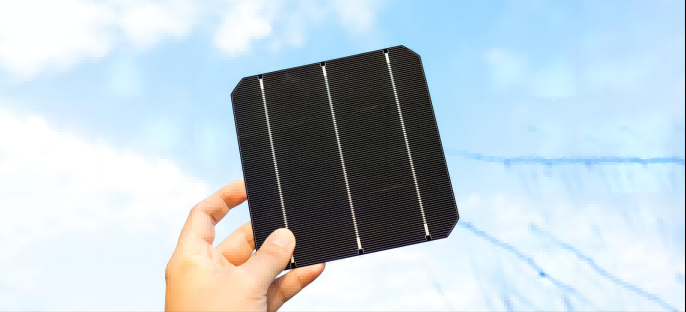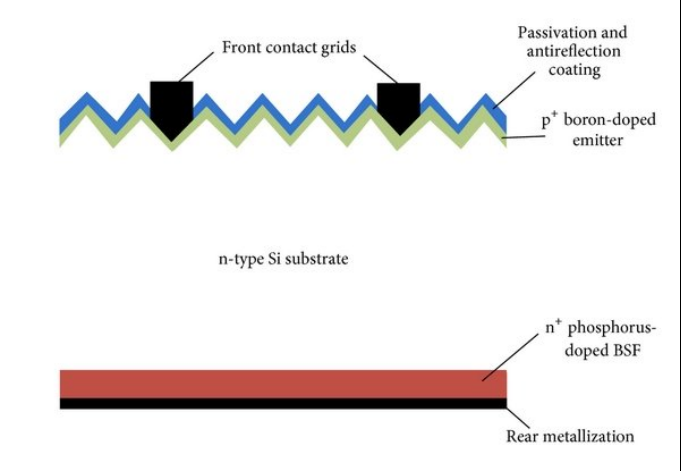Silicon solar cells can generally be divided into monocrystalline, polycrystalline and amorphous silicon solar cells. Monocrystalline silicon cells are currently the fastest developed type of solar cell. Its structure and production process have been finalized and are widely used in space and ground. The Four-Point Probe Tester produced by GT Solar can quickly and automatically scan samples up to 230mm. Through scanning, the distribution information of sheet resistance/resistivity at different locations of the sample can be obtained.

Boron diffusion process principle
The principle of the boron diffusion process is that during the preparation process of n-type monocrystalline silicon cells, boron diffusion is used to prepare pn junctions to form p-n junctions. The boron-doped n-type silicon wafer is diffused at high temperature through the boron tribromide liquid source, so that the liquid boron oxide is deposited on the surface of the silicon wafer in the diffusion furnace tube, and undergoes a reduction reaction with Si to generate B element. Diffusion inside the cell, forming a pn junction. During the normal pressure boron diffusion process, the boiling point of the reaction product boron oxide is above 1600°C. It is always in a liquid state during the diffusion process and can only be diluted and dispersed on the surface of the silicon wafer with a large amount of nitrogen. The uniformity of diffusion is difficult to control. The use of deep oxidation after diffusion can effectively reduce the dead layer and improve the uniformity of the p-n junction.

Boron diffusion background technology
For the boron diffusion process, not only the boron content in the produced pn junction has an important impact on the resistivity and sheet resistance of the n-type monocrystalline silicon cell, but the uniformity of boron diffusion also affects the resistivity and sheet resistance of the cell.

In order to ensure the resistivity and sheet resistance of n-type monocrystalline silicon cells, the boron content in n-type monocrystalline silicon cells is generally controlled to prevent the boron content from being too high, thereby increasing the sheet resistance value. However, in the existing technology, when reducing the boron content and increasing the square resistance value, uneven distribution of boron sources is often prone to occur, resulting in uneven distribution of boron content in a single monocrystalline silicon cell. The resistivity of a certain part is too high, thus affecting the photoelectric conversion rate of the photovoltaic cell. And as the output increases and the size of the silicon wafer increases, the unevenness of the boron content becomes even more obvious. In order to more intuitively observe the unevenness of the boron content on the surface of the silicon wafer, it is necessary to detect it through the four-probe method.
Diffusion indicators determine the degree of diffusion
Diffusion indicators are mainly expressed through three indicators: sheet resistance, junction depth, and surface concentration of solar cells. The sheet resistance value is mainly a comprehensive representation of surface concentration and junction depth, which has an important impact on the parameters of solar cells. The depth of the diffused p-n junction will directly affect its absorption of short-wavelength light. The shallower the diffused p-n junction is within a certain range, the higher the sheet resistance value will be and the higher the current value will be. Generally speaking, within a certain range, the greater the diffusion concentration, the greater the open circuit voltage.